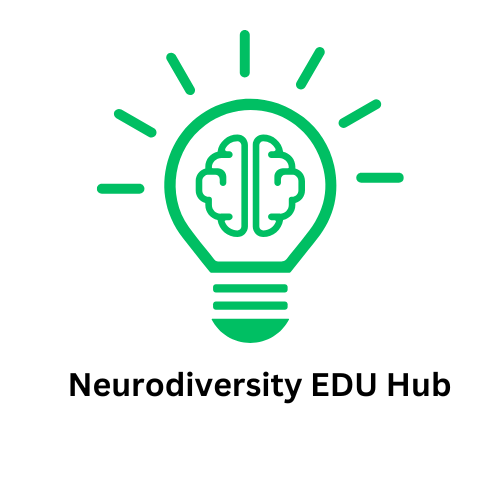
A Journey of Self-Discovery: The Autistic Experience
Diane J. Wright's journey toward understanding her autism is both inspiring and relatable, especially for those grappling with similar feelings of isolation and confusion. In her early 40s, despite numerous professional successes and a seemingly fulfilling personal life, Diane found herself feeling fundamentally disconnected. Her story echoes the experiences of many who often meet societal milestones yet struggle internally with feelings of inadequacy and misunderstanding.
Breaking the Silence: The Value of Sharing Stories
One pivotal moment for Diane came when she read about someone else's late autism diagnosis. This moment was a revelation; it highlighted the pervasive problem of systemic ableism, which often casts doubt on the experiences of neurodivergent individuals. Diane's candidness in sharing her story underscores the importance of community and shared experiences. It demonstrates how vital it is for individuals, especially those from underrepresented backgrounds, to find their narratives echoed in others, thus breaking the isolation that many autistic individuals feel.
The Role of Community: Finding Belonging Amongst Peers
Through her platform, Autastic.com, Diane has cultivated a community that specifically serves autistic individuals of color. This initiative not only provides resources but also fosters a sense of belonging among those who often feel marginalized. By centering the stories and experiences of Black autistic individuals, Autastic helps to illuminate the unique challenges faced by this demographic, ultimately leading to greater visibility and understanding in broader conversations about autism.
Educating Others: Why Representation Matters
The narratives shared by Diane and others like her are crucial, as they challenge stereotypes and preconceived notions about what it means to be autistic. Representation in media and education is imperative for fostering empathy and understanding. When diverse stories are told, it allows society to confront its biases and recognize the broad spectrum of experiences within the autistic community. This understanding can drive change in how educational systems approach teaching and supporting neurodiverse students, particularly in promoting inclusivity.
Lessons Learned: Embracing One's Identity
Throughout her journey, Diane has learned the importance of self-acceptance. Her experiences reveal that understanding one's neurodiversity is not just about recognition but also about embracing one's identity fully. This acceptance can lead to a happier, more fulfilling life, where individuals find strength in their unique perspectives instead of seeing them as flaws. This message is particularly vital for educators who play a role in shaping how students perceive their own identities.
Fostering Awareness: Steps We Can All Take
For educators, parents, and community leaders, Diane's story serves as a call to action. It is essential to cultivate environments where neurodivergent individuals feel safe to share their stories. Encouraging open discussions about autism and training staff on neurodiversity can significantly alter perceptions and create inclusive spaces that honor all identities. By integrating diverse narratives and practices into curricula, educators can help reshape the narrative around autism, making it more inclusive and comprehensive.
To truly appreciate the rich tapestry of human experiences, society must prioritize the sharing of diverse stories. It requires continuous advocacy, education, and openness to understanding the unique paths individuals navigate. Those who resonate with Diane's story are encouraged to reflect on their experiences and seek out communities that affirm and uplift their narratives. In doing so, they not only promote their well-being but contribute to a larger conversation about diversity and acceptance in society.
Engaging with the stories of those like Diane Wright can lead us toward a more inclusive future. Explore community resources or reach out to share your own story, as every voice contributes to a more profound understanding of neurodiversity.
 Add Row
Add Row  Add
Add 




Write A Comment